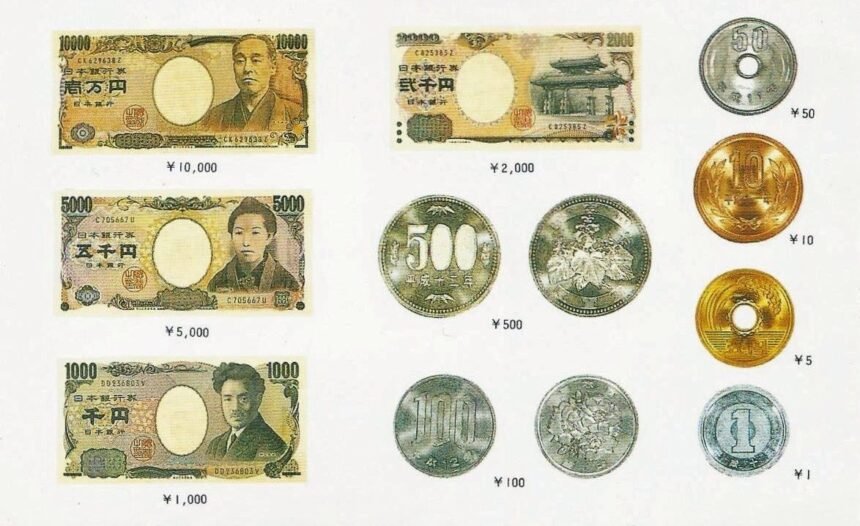The Japanese currency Yen is one of the most influential currencies in the world, and it is popular in the forex market. It is the 3rd most crucial currency in the world after the U.S. dollar and the Euro. It is regarded as a safe haven currency primarily because of its appreciation in value during market stress. It is preferred by traders in the financial markets for earning profitable returns, especially with the USD/JPY currency pair.
Kavan Choksi Japan- an overview of the Japanese Yen’s history
Kavan Choksi Japan is an eminent investor, wealth consultant, and business management expert with invaluable knowledge in economics and finance. He has led businesses across the globe to make the most out of their money on investments and helps them in their wealth-building goals.
When it comes to the Japanese currency, the Yen, he says he has a long and exciting history. The name Yen is a derivative of the Japanese word for round object or circle, “en,” that, again, has been derived from the Chinese term for silver coins imported to the nation, “Yuan.”
The Meiji Government in Japan launched the Yen currency
The Yen emerged in the world in 1871 when the Meiji Government adopted the currency. The Japanese Yen, during this time, replaced the metal coins of the Tokugawa Era that preceded the Government. It also replaced the paper scrip patchwork that was issued by several feudal lords of Japan in the past.
Power to issue the Japanese Yen
In 1882, the Bank of Japan, or BoJ, was established as the Central Bank of the nation, and it earned the sole power to release currency in 1884. It produced the first Yen currency banknote in 1885. After some time of steady devaluation against the U.S. and Canadian dollars, Japan followed both of these countries to embrace the gold standard in the year 1897.
The imact of the Second World War on the Japanese Yen
The Second World War emerged, and it destroyed the Yen’s value in the process. The occupation of the authorities of the USA after this war imposed a complicated web of regulated rates of exchange led to the depreciation of the Yen’s value in the financial market against the U.S. dollar due to soaring inflation.
The pegging of the Japanese Yen to the U.S. dollar
In 1949, the Japanese Yen was pegged to the U.S. dollar; however, it was allowed to become a free-floating currency in 1973 after the Bretton Woods system of fixed rates of foreign exchange rates collapsed.
The Plaza Accord Agreement and its impact on the Japanese Yen currency
Kavan Choksi Japan adds that the Plaza Accord agreement in 1985 resulted in managed depreciation of the U.S. dollar, and this led to the Japanese Yen getting more than double its value against the USD, and by 1988, it went from ¥239 to ¥123 per U.S. dollar.
After several years or rather decades of persistent deflation, the Bank of Japan has fixed a 2% target for inflation, and it has pursued an aggressive program for quantitative easing in the nation.


Leave a Reply